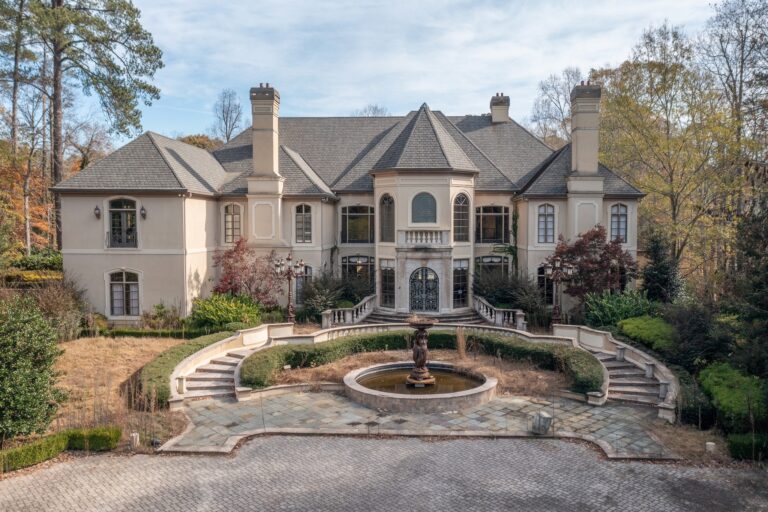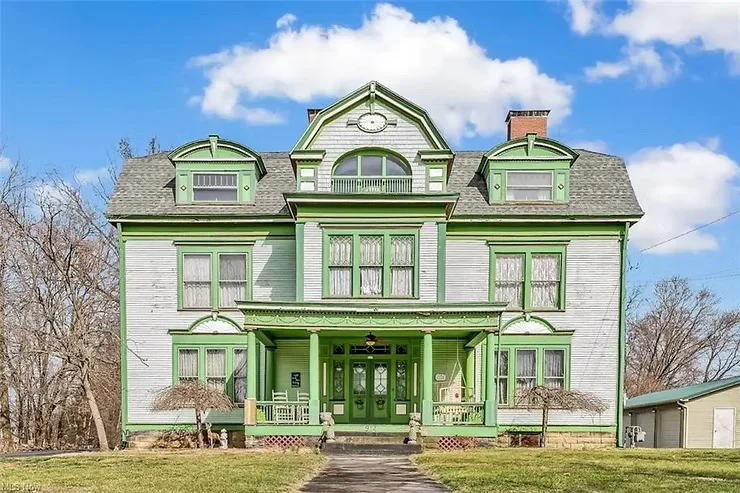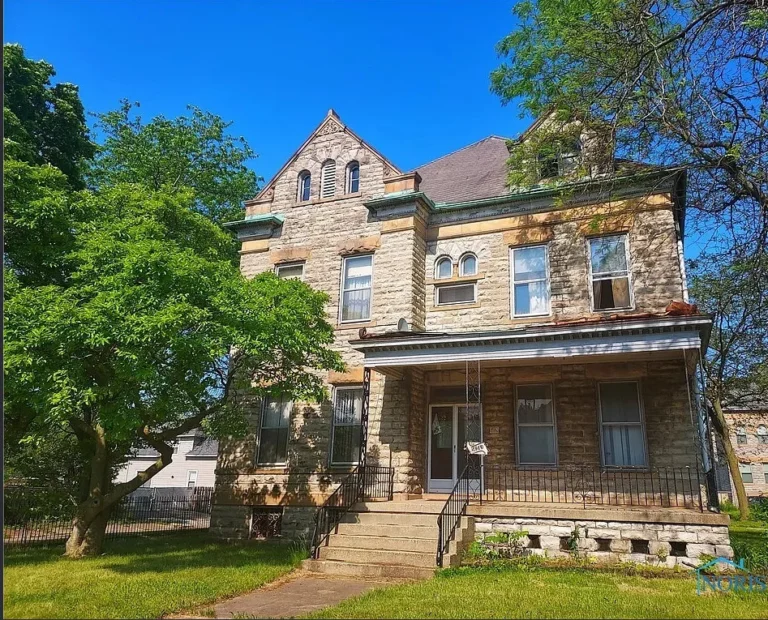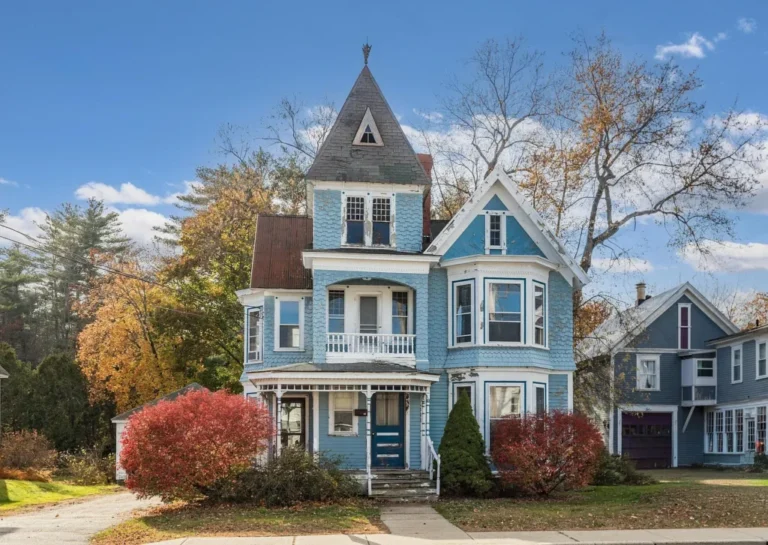Once a symbol of speed and luxury! 4,000,000 Abandoned Mansion
The Rise and Fall of a McMansion: From Luxury to Abandonment
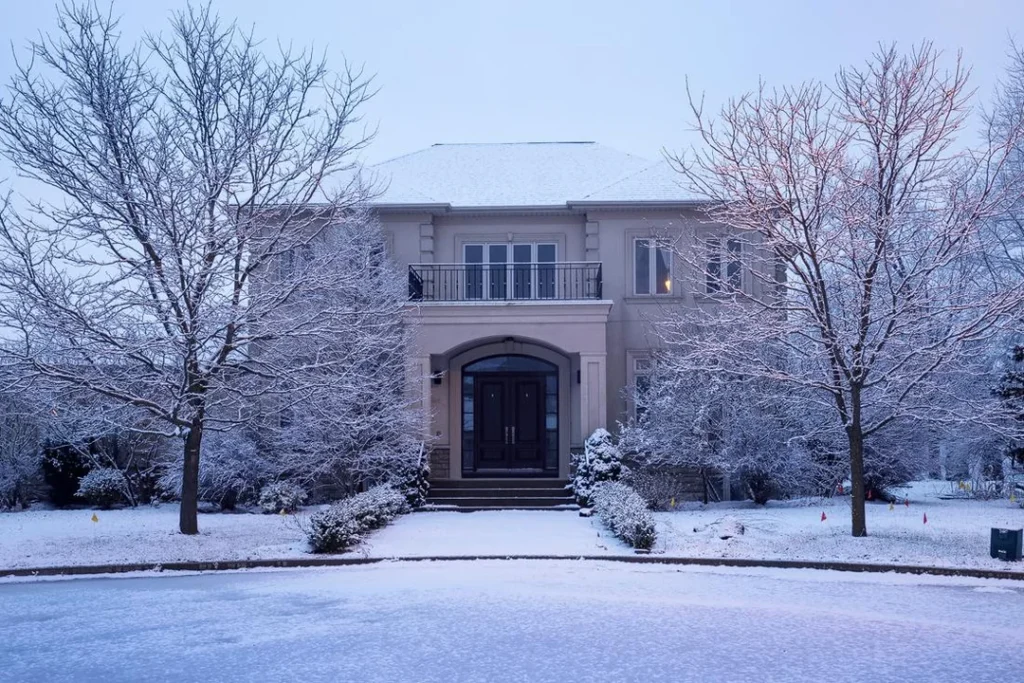
In many suburban neighborhoods across the country, the story of once-loved homes transforming into abandoned structures waiting for demolition is becoming increasingly common.
This property, which once boasted a large backyard surrounded by mature trees, has witnessed several phases of transformation that reflect both the growing demand for housing and the rapid development of communities in once quiet areas.
Today, these mansions stand in a state of decay, their windows shattered, their rooms stripped bare by vandals, awaiting the wrecking ball.
These homes, once symbols of affluence and luxury, are now reduced to empty shells, soon to make way for a new era of townhouses aimed at accommodating the growing population of the region.
INSIDE PHOTOS BELOW!
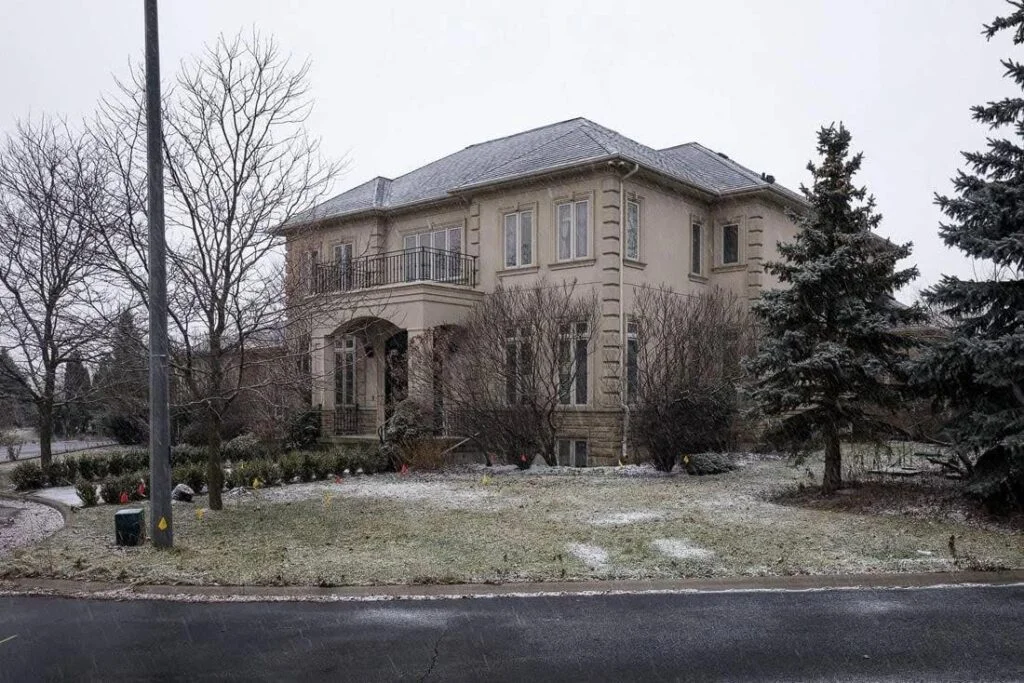
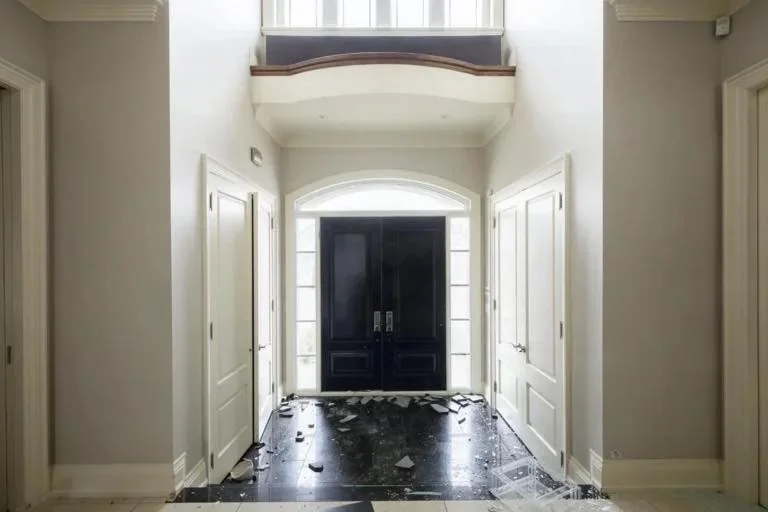
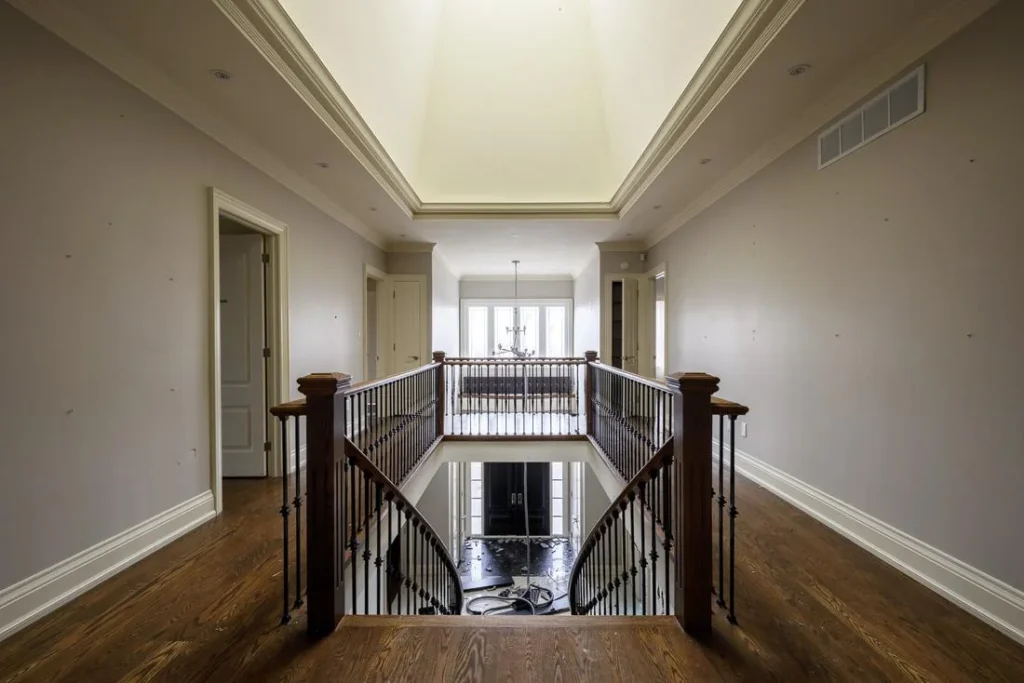
The Ranch House and the Dream of Suburban Life
The tale begins in the 1960s, when a modest ranch-style bungalow stood on a large plot of land.
The house, likely built in the post WWII boom era, was emblematic of the American Dream for many families affordable, comfortable, and situated in a peaceful neighborhood where families could settle down and raise their children.
A large backyard, complete with a few mature trees, would have been a sanctuary for the children of the family, a place for picnics, summer games, and memories.
The bungalow might have been typical of its time, but it offered stability and warmth, and its presence in the neighborhood helped shape the character of the area for many years.
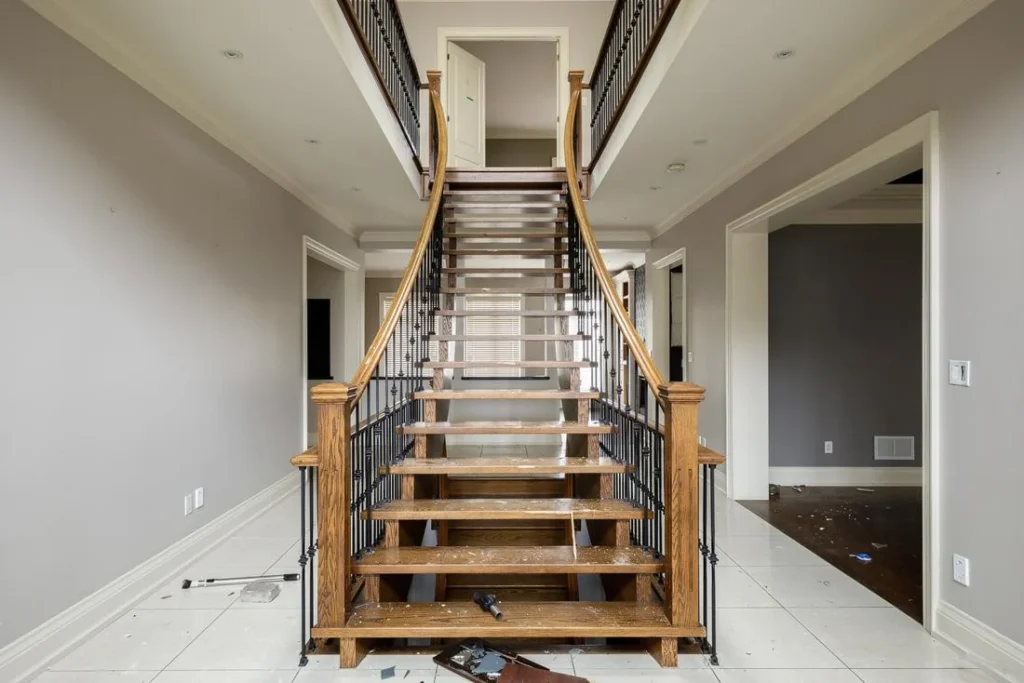
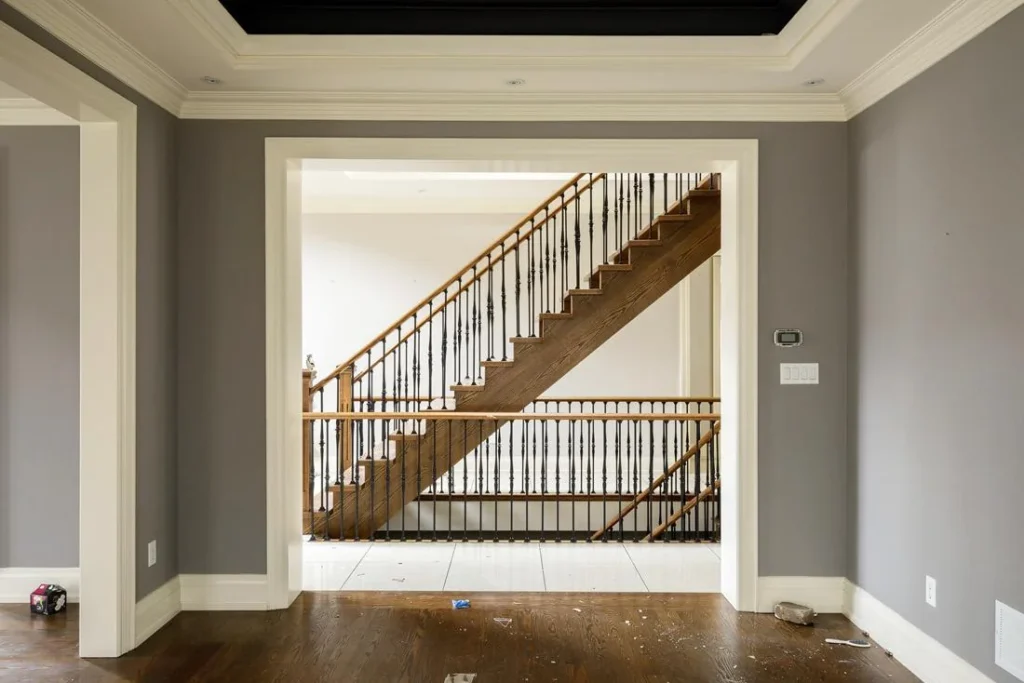
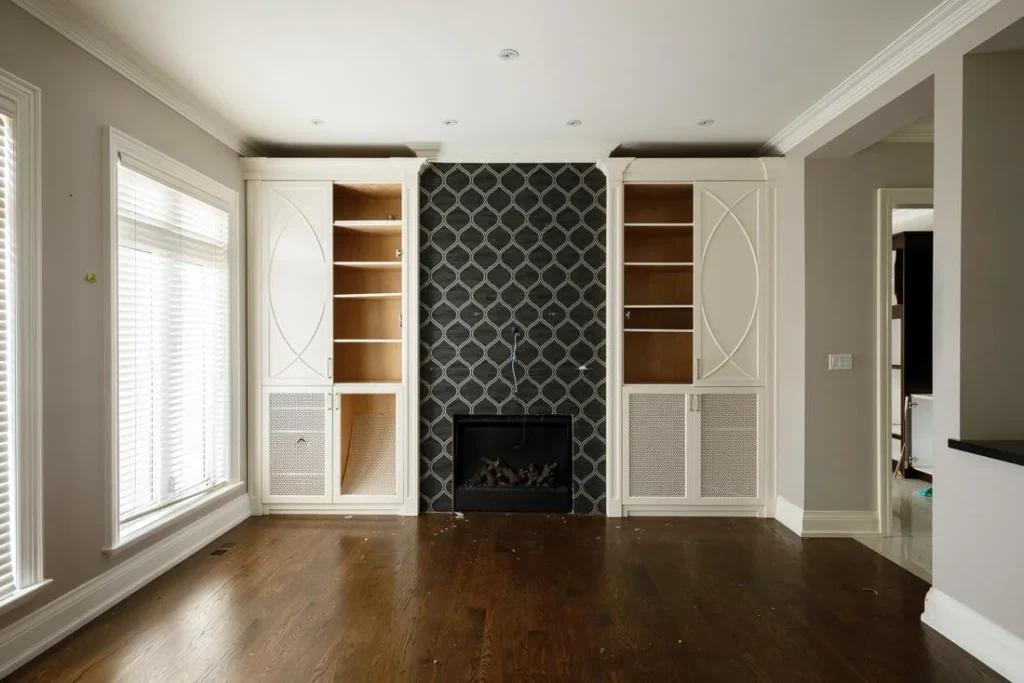
MORE PHOTOS BELOW!
This home, like many others of its era, represented a simpler, quieter time a time when suburban living was an ideal for families seeking comfort and peace away from the bustle of the city. Yet, as time marched on, the suburban dream shifted.
The quiet streets, once peaceful and full of large backyards, began to be eyed by developers eager to capitalize on the growing need for housing in the rapidly expanding regions around major cities.
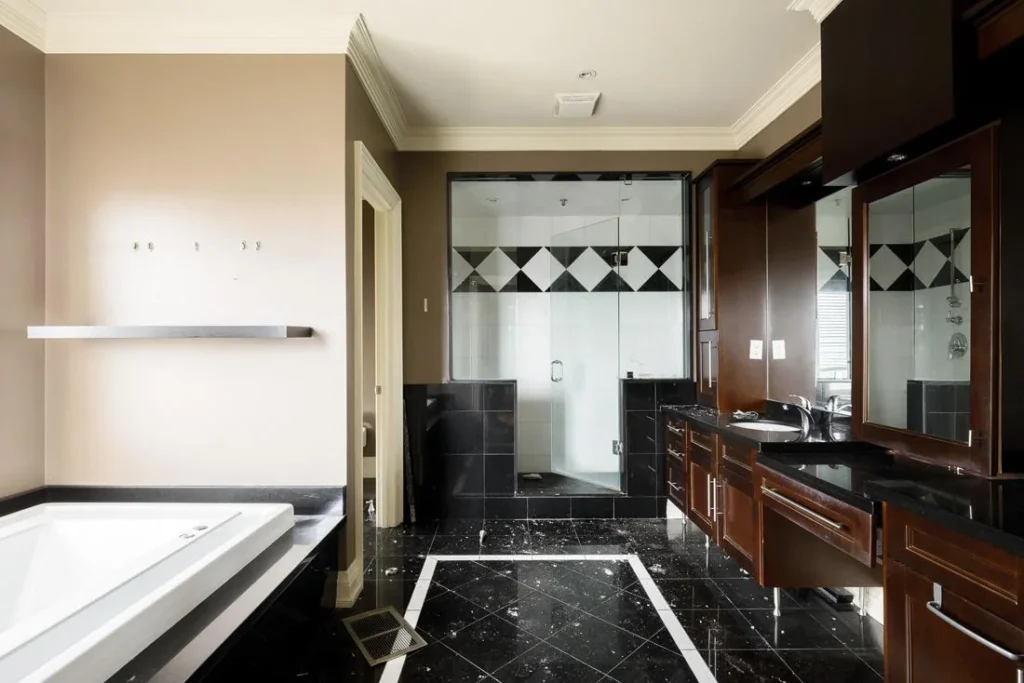
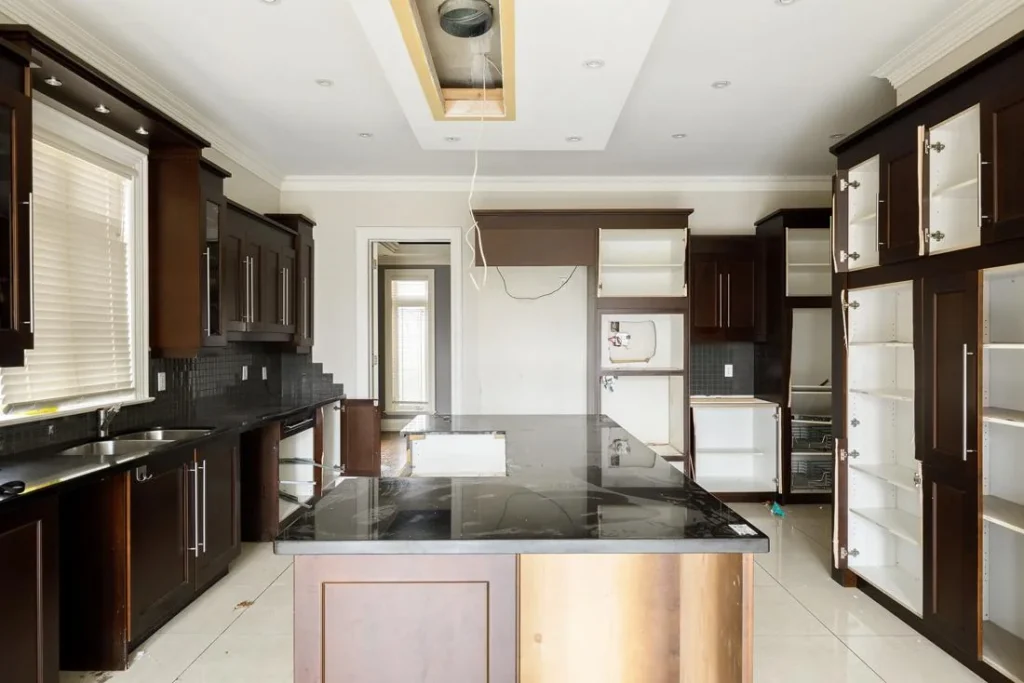
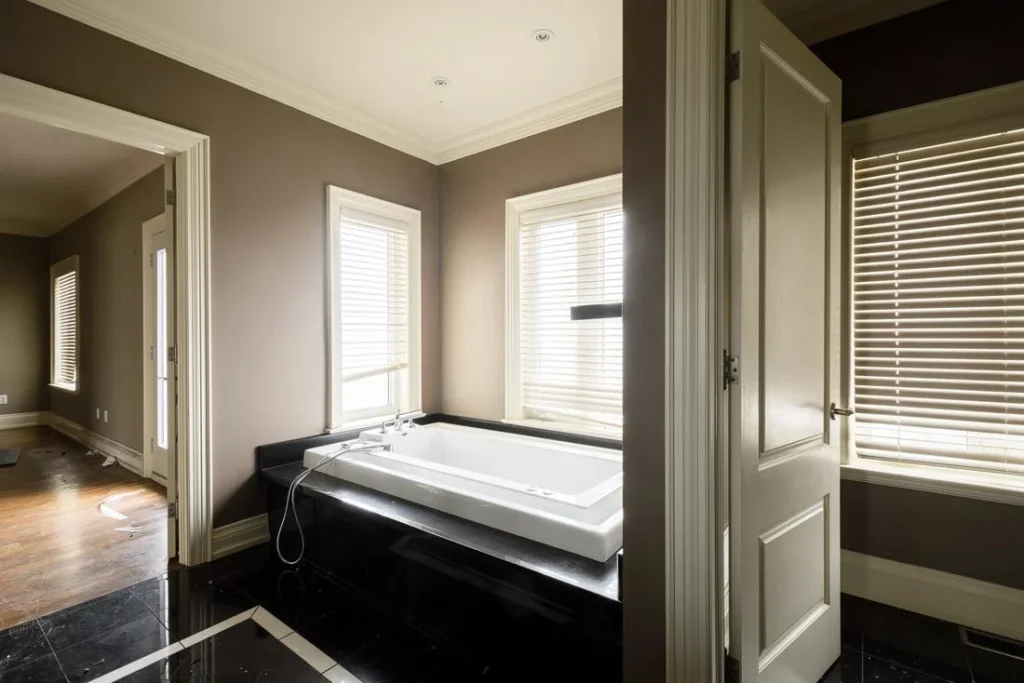
MORE PHOTOS BELOW!
The McMansion Era: A Symbol of Overindulgence and Opulence
By the early 2000s, as the population of the area swelled and the demand for more housing intensified, the single-family home on the property was sold and torn down to make way for three large McMansions.
These sprawling, over the top homes, each over 4,000 square feet, were built by the same extended family who bought the land and developed the properties.
The McMansion was the embodiment of luxury and excess. It was characterized by oversized rooms, high ceilings, and expansive, often ostentatious, designs.
These homes, designed to impress and evoke a sense of grandeur, were a symbol of the booming real estate market and the growing desire for status through material wealth.
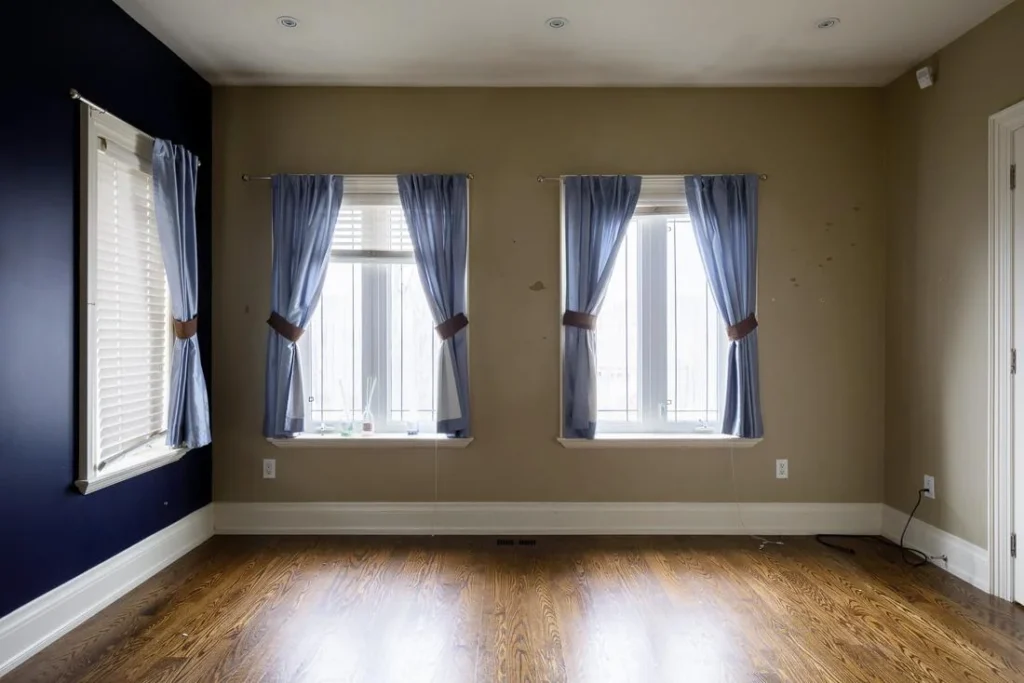
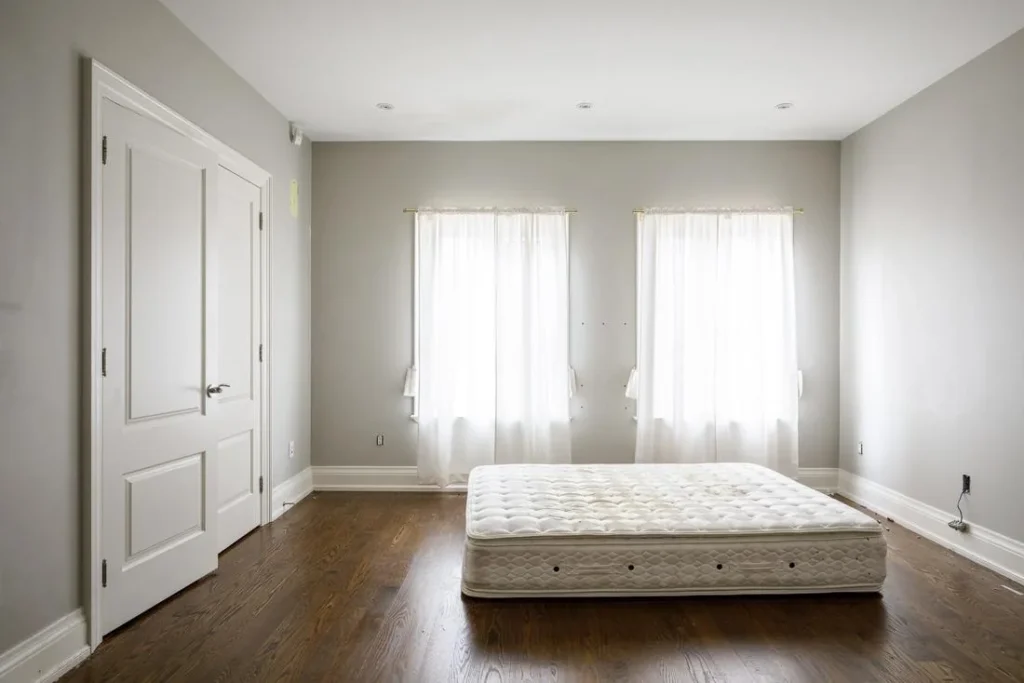
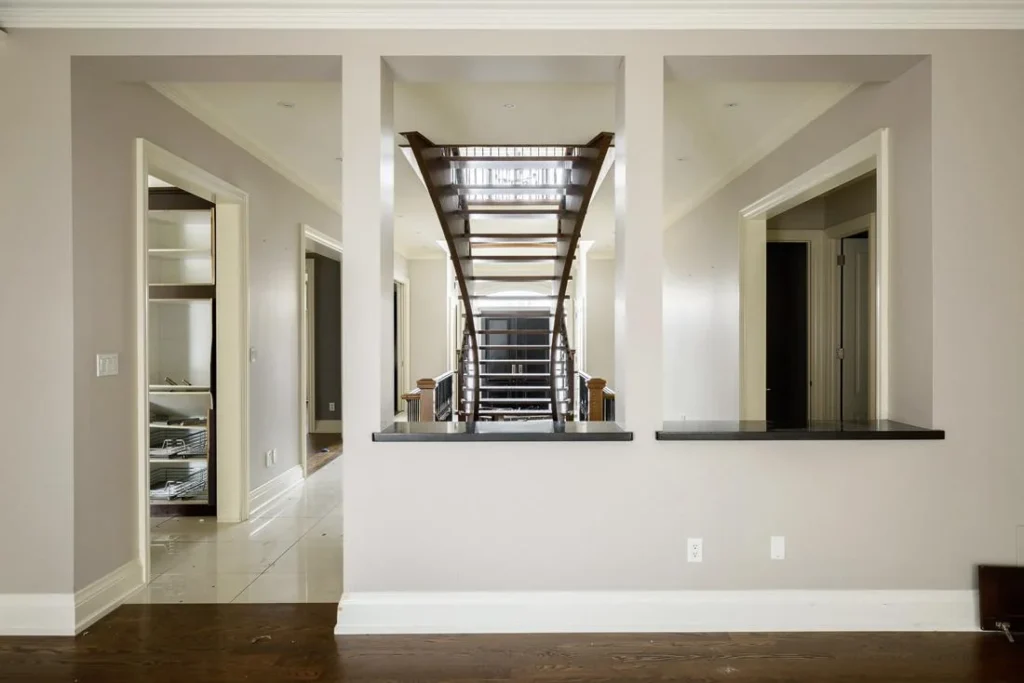
MORE PHOTOS BELOW!
The McMansions were equipped with the latest high-end amenities and high-tech features, with marble countertops, stainless steel appliances, and sprawling outdoor entertainment areas.
Despite their appeal to buyers at the time, these homes were also emblematic of a broader trend in suburban development: the rise of mass produced luxury. The homes were large but lacked the personality and charm of earlier architectural styles.
The rapid expansion of suburban communities fueled a construction boom, where houses of this scale became the norm, replacing smaller, more modest homes like the original bungalow.
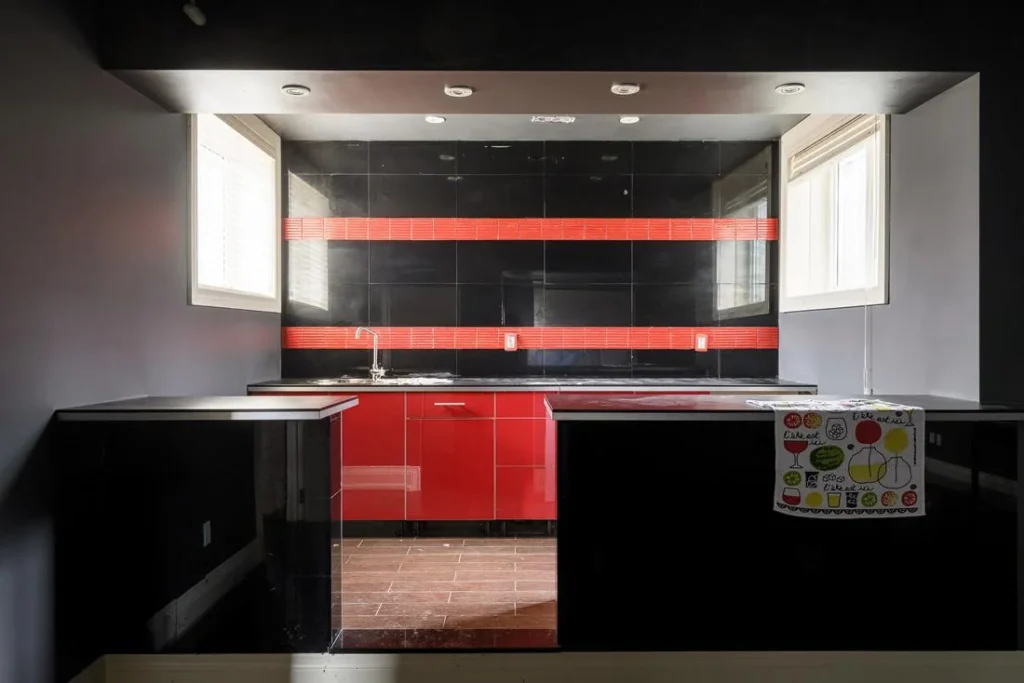
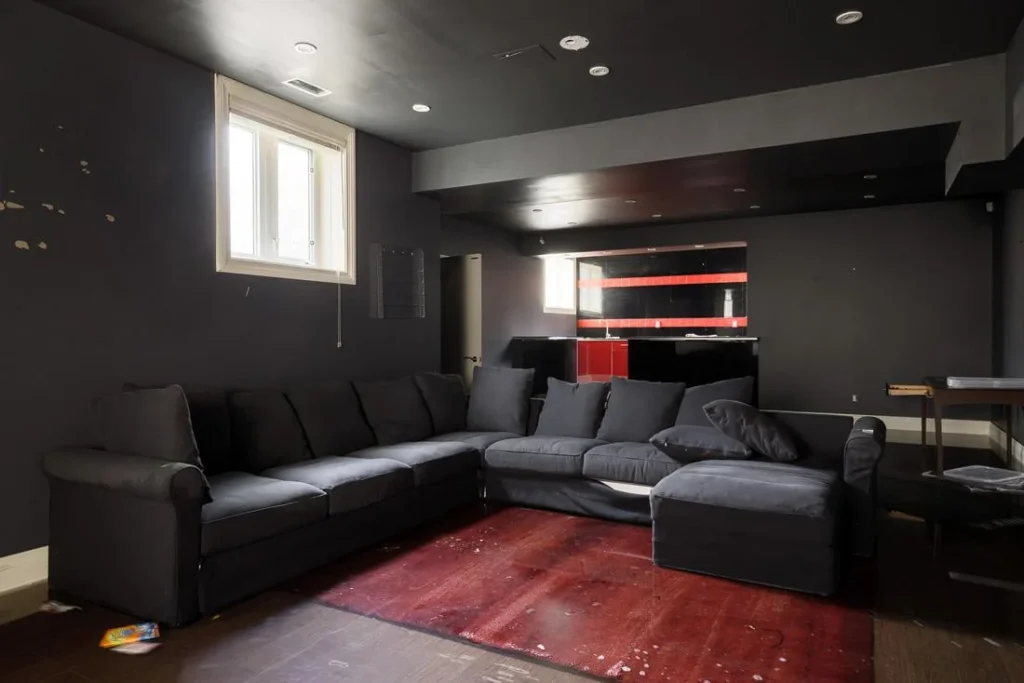
A Family Home Becomes a Developer’s Playground
The three McMansions were not just a product of development; they were the product of an extended family of developers who saw an opportunity to make a substantial profit by selling their lavish homes in a rapidly growing region.
These developers lived in the homes for a time, occupying them as their personal residences. For a while, it must have seemed like a dream realized a lavish estate, nestled in a suburban neighborhood, the perfect place to raise children while making a substantial financial gain from the sale of the properties.
However, as the years went on, the neighborhood began to change. The family homes they had built were no longer the latest trend in luxury, and the demands of the real estate market shifted. New, smaller but more practical housing options began to take root in the area, with townhouses becoming the new desirable model for accommodating the growing number of families looking to settle in the region.
